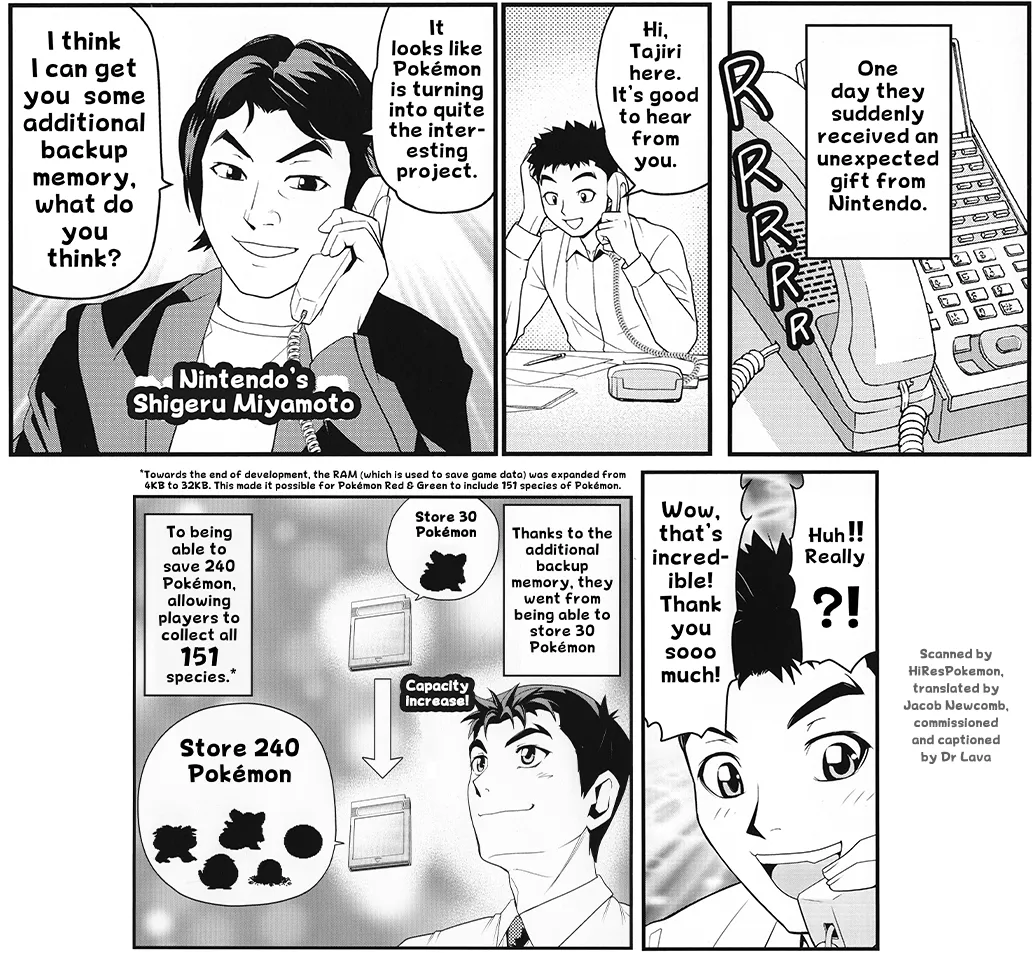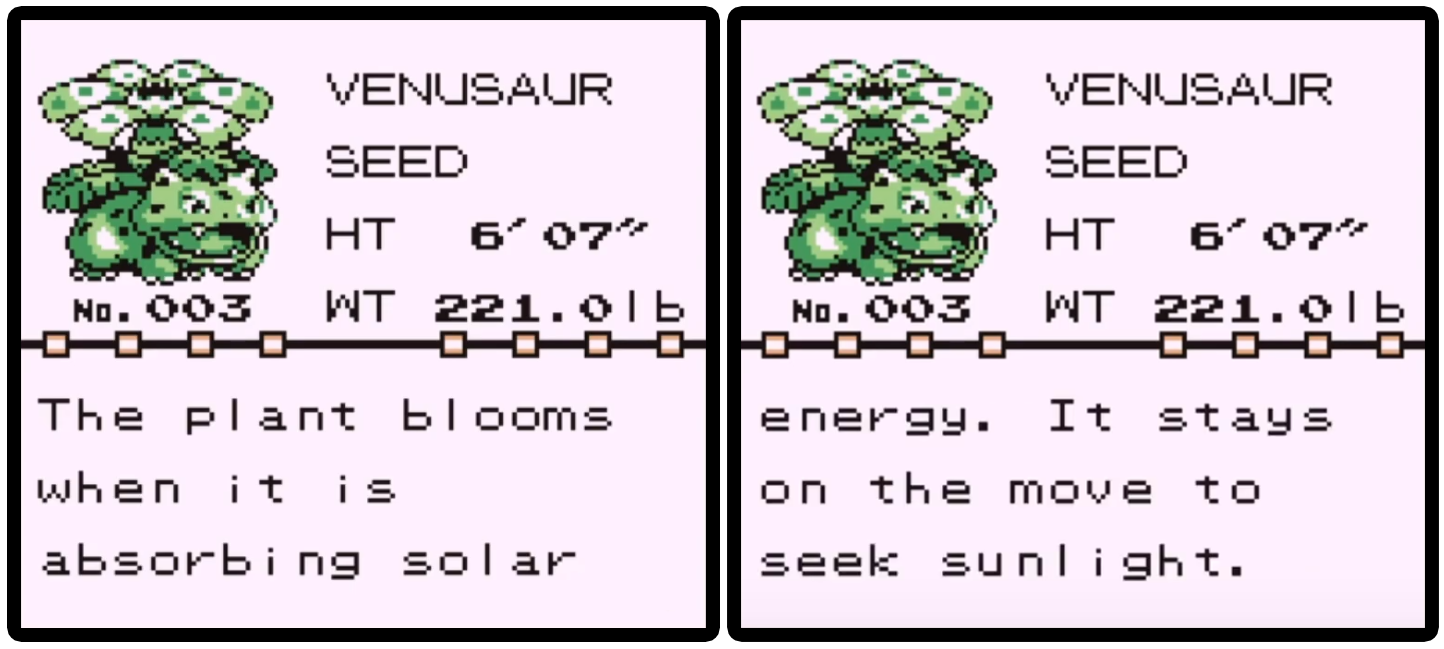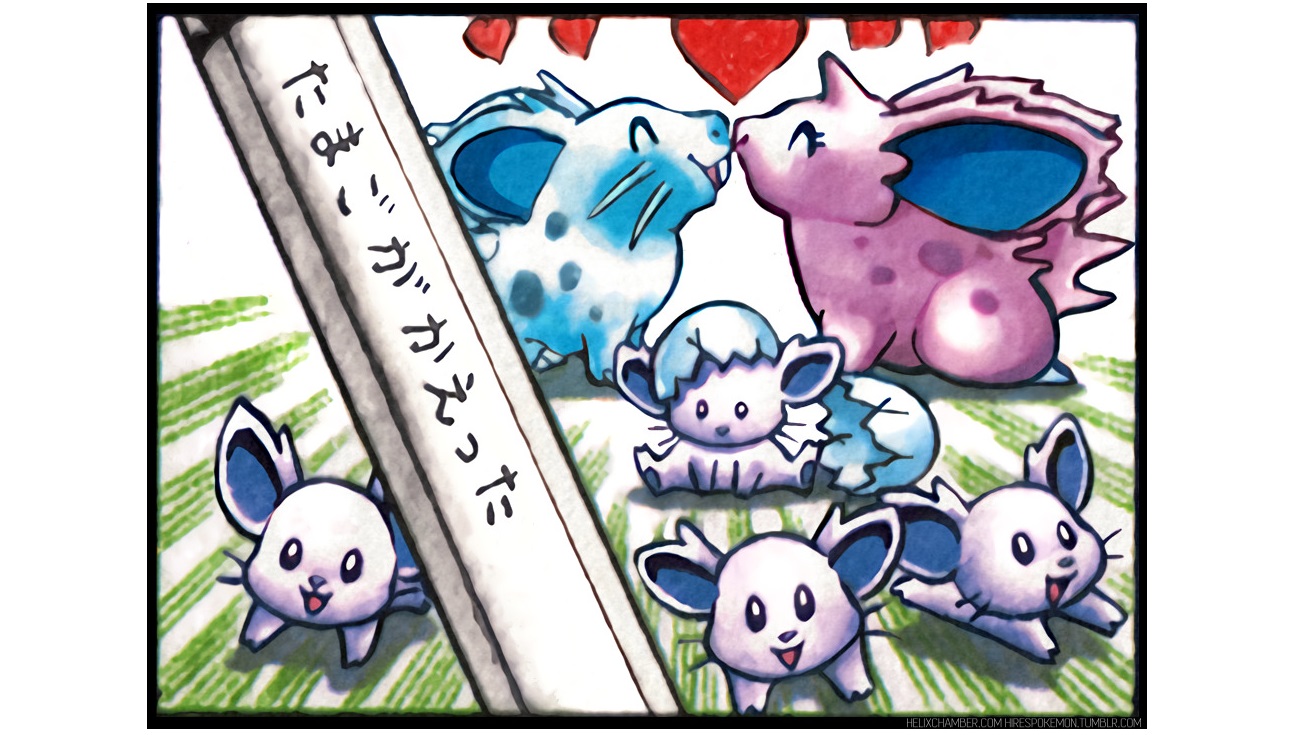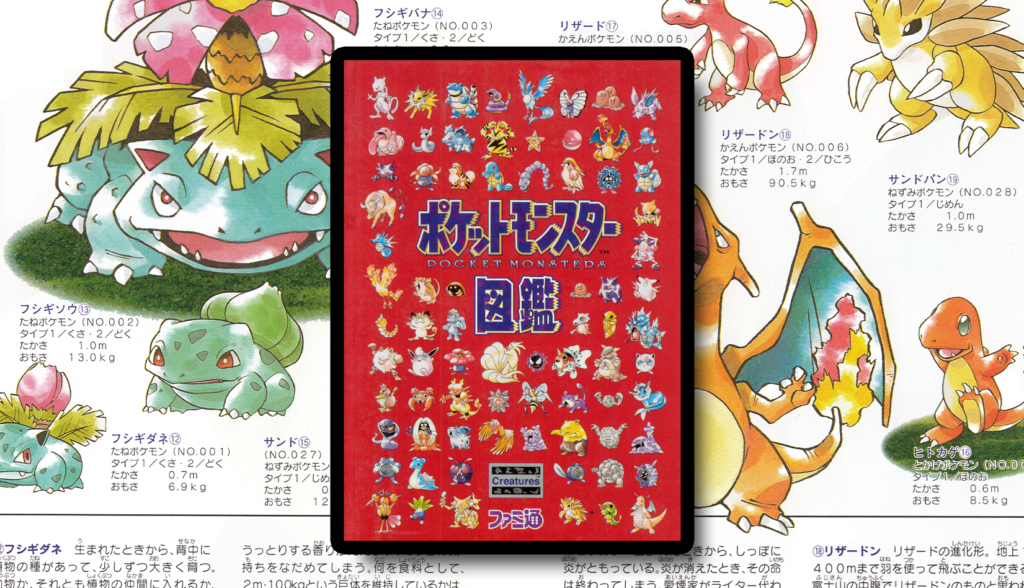
Translation: 1996 Pokédex Book (Part 2)
All 150 Pokédex entries and the introduction
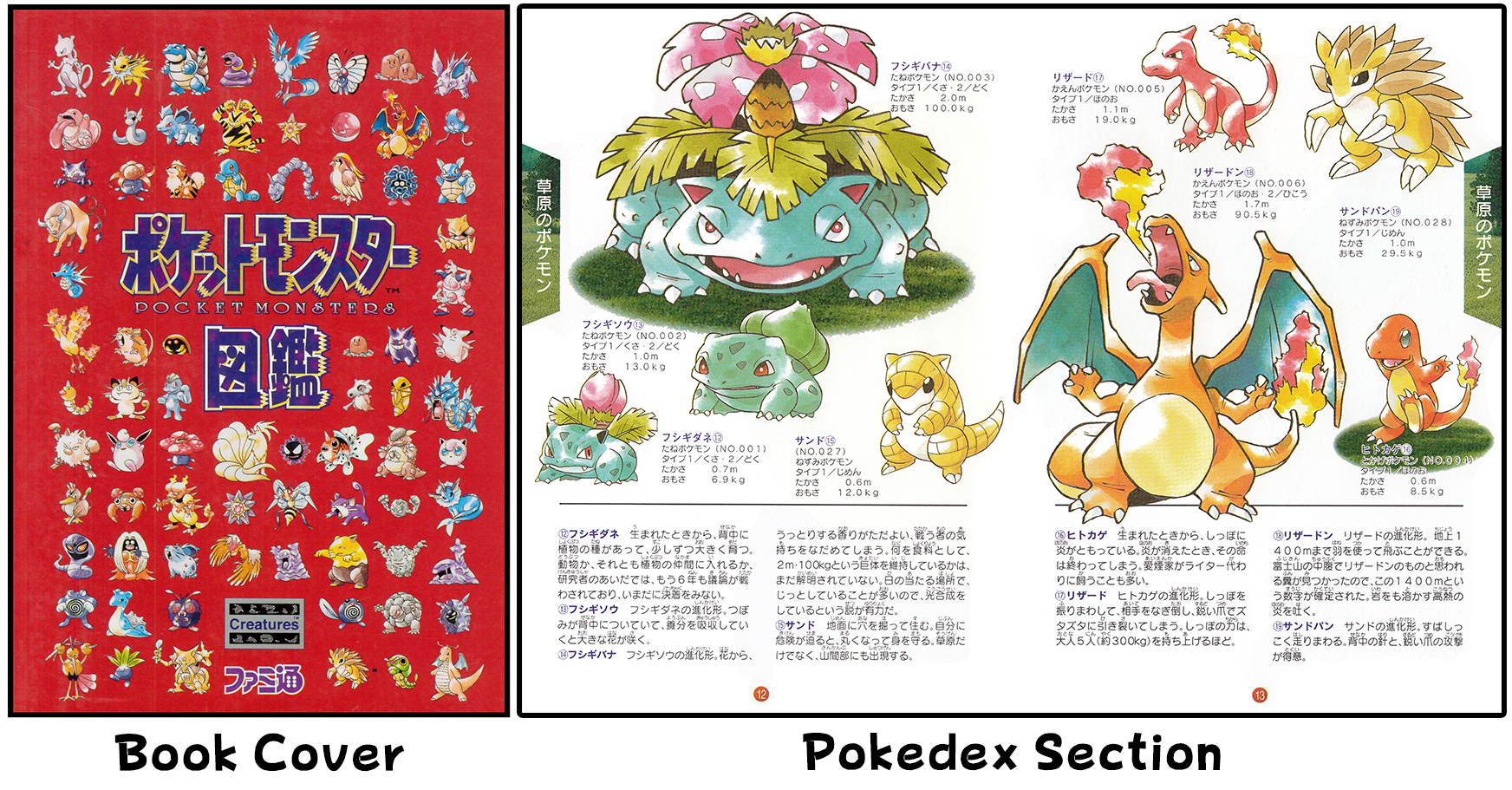
Written by Dr Lava, June 17 2021
This is part 2 of 7 of this translation series. If you’d like to return to a previous part, click one of the links below. Or if you’d rather absorb this 47 page translation in video form rather than reading it through text, click here.
Skip to: Part 1 | 2 | 3 | 4 | 5 | 6 | 7 | Journal | Maps | Itoh Art | Interview | More

“#7 Primeape: Mankey’s evolution. They are always enraged. They will give chase and will not stop however far one runs. It’s all over if you lock eyes with one.”

“#8 Hitmonlee: Their legs can be freely extended and contracted. Kicks can be delivered to even faraway foes. They are surprisingly docile when they are not fighting. Also known as ‘The Demon of Kickboxing.'”

“#9 Hitmonchan: A Pokémon inhabited by the spirit of a pro boxer. They throw punches faster than a Shinkansen bullet train. Although their habitat is unknown, based on their behavior, they have been categorized as a grassland Pokémon, the same as Hitmonlee.”
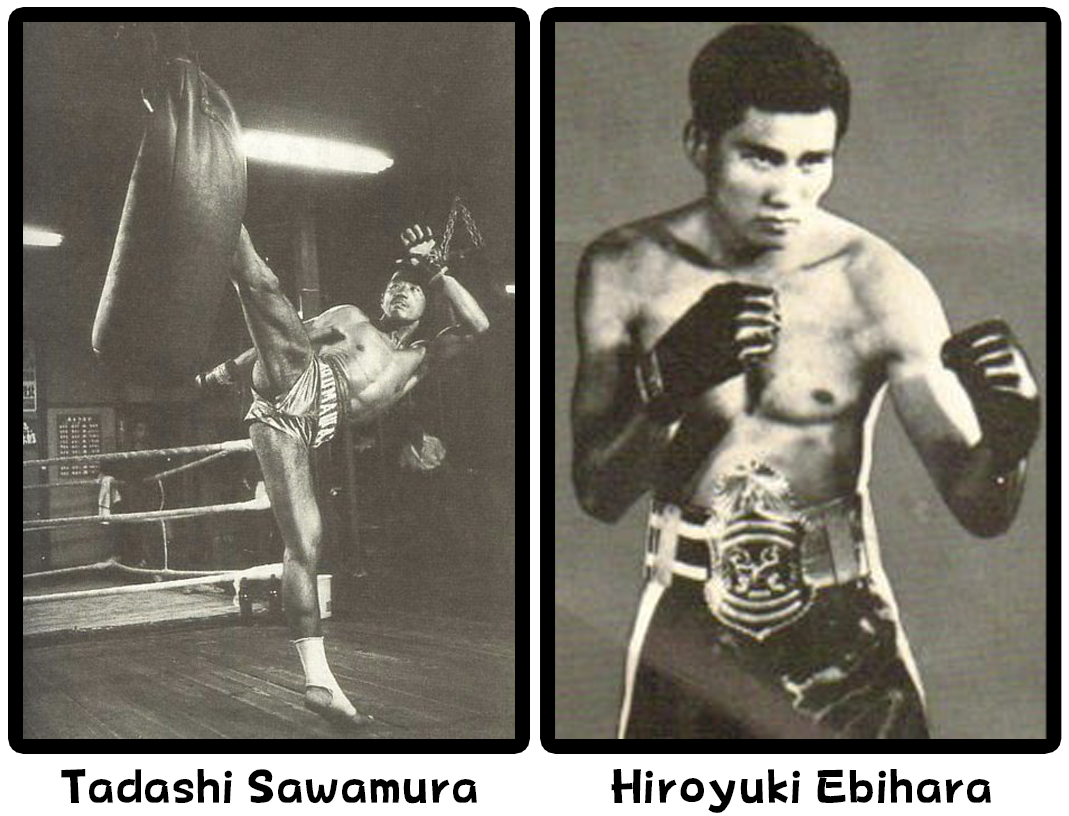
Dr Lava notes: Hitmonlee and Hitmonchan’s English names appear to be references to Bruce Lee and Jackie Chan. But in Japanese, Hitmonlee is called Sawamular, named after 1960’s kickboxer Tadashi Sawamura, who was also known as “The Demon of Kickboxing.” Hitmonchan’s Japanese name is Ebiwalar, named after 1960’s boxing champion Hiroyuki Ebihara. This Pokedex says Hitmonchan is possessed by the spirit of a pro boxer, which seems to imply that boxer might be Ebihara himself, who died in 1991 during Red & Green’s development. On the other hand, Hitmonlee’s entry does not say it’s inhabited by the spirit of a kickboxer — which makes sense since Hitmonlee’s namesake Tadashi Sawamura was still alive when Game Freak was making Gen 1… although sadly, he passed away in 2021.

“#10 Rhyhorn: While they lack intelligence, they have plenty of power. Their ramming can shatter even building towers. They are not suited as house pets.”

“#11 Rhydon: Evolving from Rhyhorn made this Pokémon stand on their hind legs. This process prompts development of their brain and intelligence. While evolution makes them easier to raise, they remain as rough as ever. Their horn can punch holes through even boulders.”
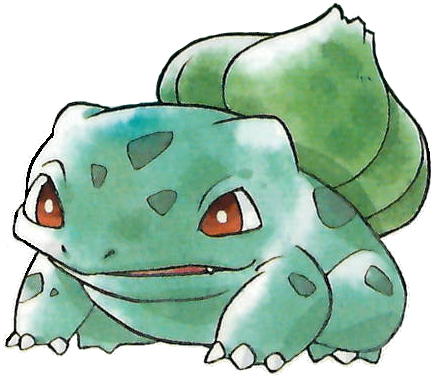
“#12 Bulbasaur: They are born with a seed implanted on their back that grows large over time. Researchers have argued over six years on the issue of whether this Pokémon should be classified as an animal or a plant. The issue remains undecided.”
Dr Lava notes: Researchers arguing over Bulbasaur’s classification for six years appears to be a reference to the fact Red & Green took six years to develop. Other sections of the Pokedex reference the games’ development as well, like how the introduction says Baron Tajirin only discovered 30 Pokemon — this is probably because at one point Satoshi Tajiri thought the Game Boy cartridges for Red & Green would only have room to fit 30 Pokemon. I also had a few sections of Satoshi Tajiri’s biographical manga translated, which explains the only reason Game Freak was able to fit more than 30 Pokemon was because Shigeru Miyamoto saved the day and provided them with larger Game Boy cartridges with more storage capacity.

“#13 Ivysaur: Bulbasaur’s evolution. The plant on their back has grown to a bud. It absorbs nutrients and blooms as a large flower.”

“#14 Venusaur: Ivysaur’s evolution. Their flower wafts a dreamily intoxicating aroma that pacifies those spoiling for a fight. It remains unclear as to what they eat to maintain their bulk of 2 meter height and 100 kilogram weight. Because they often rest unmoving in sunlit places, there is strong support for the hypothesis that they photosynthesize.”
Dr Lava notes: You’ll notice that some of these Pokedex entries are considerably longer than the ones found in the games. The original Japanese versions of Gen 1 squeezed their entries onto a single screen, but English requires a lot more characters to communicate the same information. So during the localization process, Nob fought tooth and nail to get a second screen added to the English version, otherwise half the facts would have to get cut. But even after the programmers gave him twice the space to work with, Nob says a lot of the entries still ended up a really tight squeeze. But here we’re not restricted by the sort of space limitations that plagued the Game Boy games, so these Pokedex entries are translated exactly as they appeared in Japanese.

“#15 Sandshrew: They dig and live in burrows. When threatened, they curl up to protect themselves. Besides grasslands, they also appear in mountainous environments.”

“#16 Charmander: Right from birth a flame burns at the end of their tail. They cannot survive if the flame were to go out. Smokers often keep them in the place of lighters.”
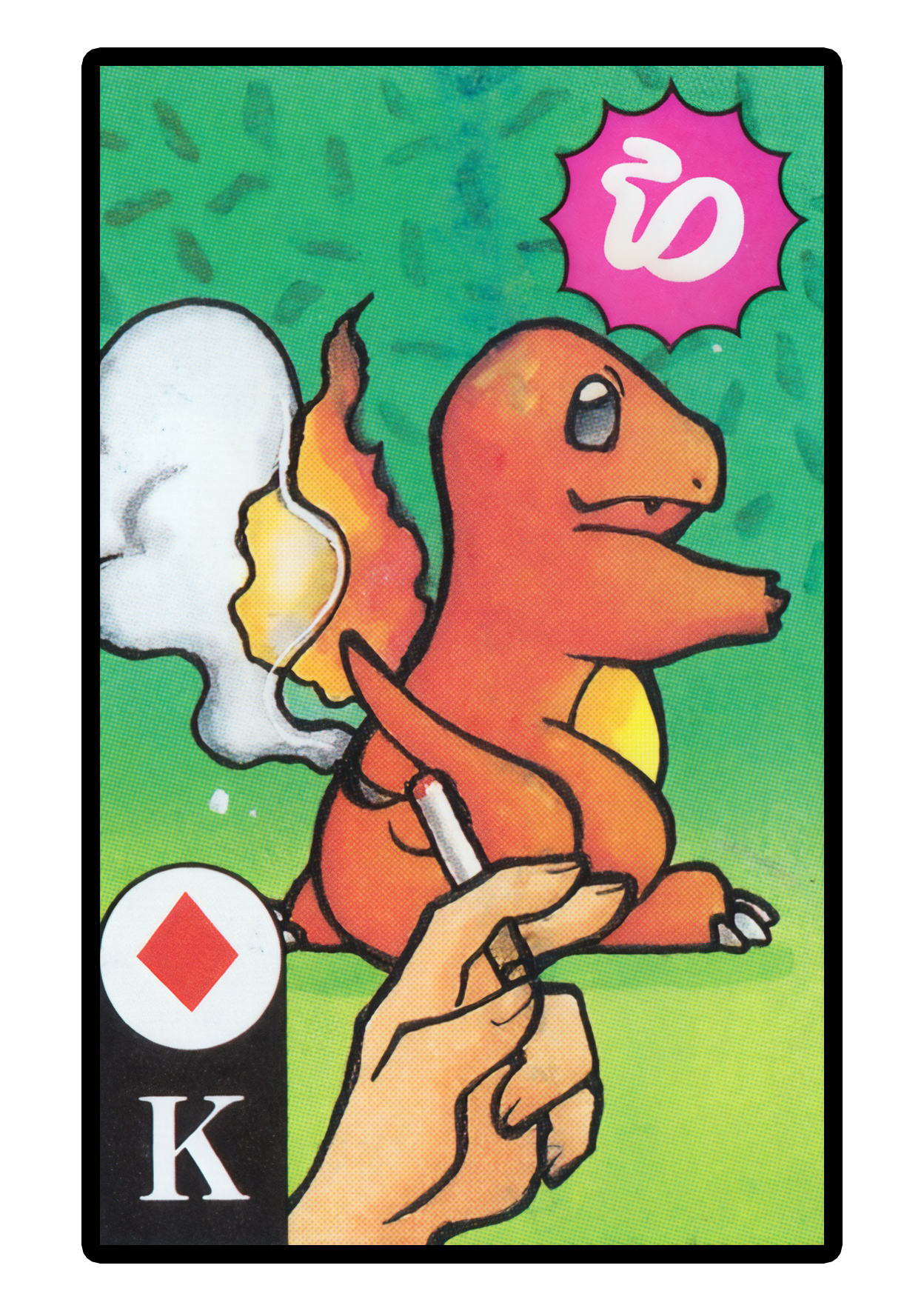
Dr Lava notes: A smoker using Charmander’s flame to light his cigarette was actually depicted in a set of Pokemon playing cards published in Japanese magazine Corocoro Comics in late 1996, illustrated by longtime series artist Kagemaru Himeno. These Corocoro cards’ artwork were inspired by Pokedex entries from both the book and the games themselves, so throughout this translation series I’ll highlight all the cards derived from this Pokedex.

“#17 Charmeleon: Charmander’s evolution. They flail with their tail to mow down foes, and then shred enemies with their sharp claws. Their powerful tail can hoist five adults (approximately 300 kilograms).”

“#18 Charizard: Charmeleon’s evolution. Capable of flying up to 1,400 meters in altitude using their wings. (This figure was accepted as fact when droppings thought to be theirs were found mid-level on Mt. Fuji.) They breathe fire that can even melt boulders.”

“#19 Sandslash: Sandshrew’s evolution. They scurry about quickly. They are adept at attacking using the pointed spines on their back and their sharp claws.”
Dr Lava notes: A few Pokemon families, like Sandshrew and Sandlash, are separated in this Pokedex. This might have simply been for the sake of balancing the format of the book. Then again, Sanshrew could’ve been the last Pokemon on page 12 and Sandlash could’ve been the first Pokemon on the next page, so perhaps there’s another explanation beyond just balancing out the pages.

“#20 Nidoran ♀: Although small, they have venomous needles with devastating power. The females have a smaller horn than the males. Their breeding period comes every year in spring. At the end of summer they lay two eggs that hatch in two weeks, one male and one female. Baby Nidoran are just 10 centimeters long.”
Dr Lava notes: This reference to Baby Nidoran can actually be seen on a 1997 advertisement for Pokemon Battle Pencils, a sort of rock-paper-scissors game with Pokémon moves written on each side of a pencil. This Pokedex features several hints about Pokemon and features that were being prepared for inclusion in Gold & Silver, so it’s possible Nidobabies were once planned as well, but ended up getting scrapped in development. Take that with a grain of salt though, as it’s a theory that lacks any support in the various beta sprite leaks in recent years.

“#21 Nidorina: Being female, they are placid in nature. They emit ultrasonic cries that can allure enemies. While they are the evolved form of Nidoran ♀, they lose the ability to lay eggs upon evolution.”
Dr Lava notes: Even though breeding wasn’t introduced until Gen 2, concept art from the early 90’s reveals Game Freak was actually thinking about breeding from the very beginning. And for some reason, it seems they always intended Nidoran Female and the entire Nidoking family to be able to breed, but not Nidorina and Nidoqueen — who were made incapable of producing eggs in all future generations.

“#22 Nidoqueen: Their body is cloaked in stiff, needlelike scales that stand up when they become agitated. As they grow, they learn powerful moves like Mega Punch and Fire Blast. While they are thought to be the final evolution of Nidoran ♀, it is said a special stone is needed to evolve.”

“#23 Vulpix: They have six gorgeous tails that increase in number as they grow. They are thought to be related to foxes.”

“#24 Nidoran ♂: They flap their large ears like butterfly wings when straining to hear faraway sounds. They extend venomous needles when angered. In their breeding season, their horn glows in seven colors for wooing females. Apparently, the larger the horn, the more appealing to females.”

“#25 Nidorino: They are easily angered. They flail with their well-developed horn to skewer even diamonds. While they are the evolved form of Nidoran ♂, unlike Nidorina, they do not lose their breeding ability.”

“#26 Nidoking: Their rock-hard hide and long claws are distinguishing characteristics. The horn is also venomous. Like Nidoqueen, they can learn powerful moves. They appear to shy away from fighting Nidoqueen.”

“#27 Ninetales: Vulpix’s evolution. They are clad in a golden fur and have nine long tails. They are long-living Pokémon that are said to live for a thousand years. There is even a saying, ‘Ninetales, a thousand years, Blastoise, ten thousand years.'”
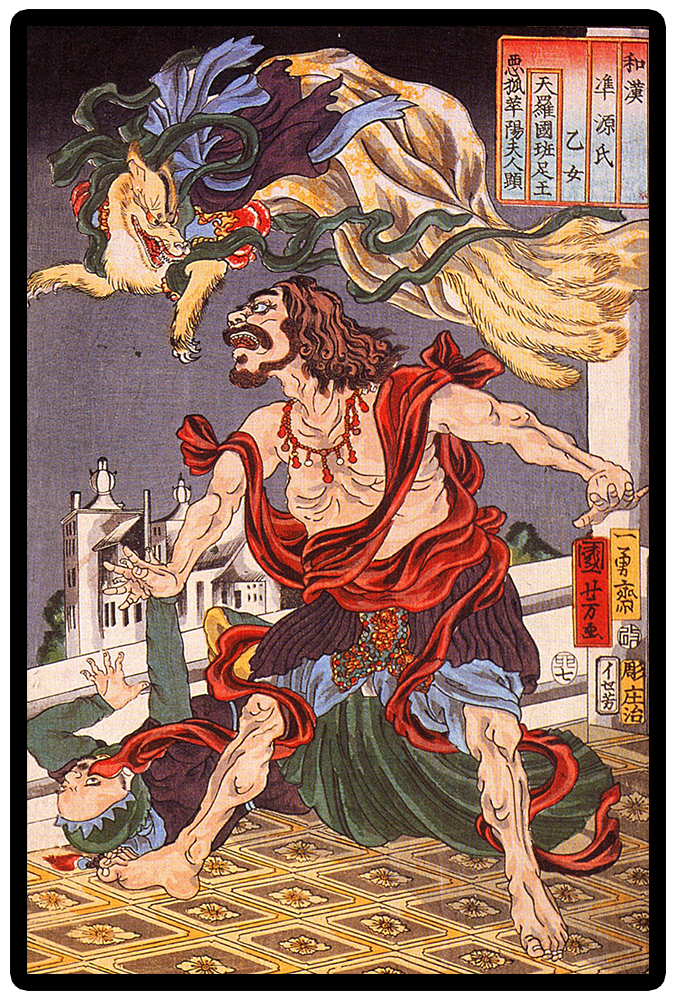
Dr Lava notes: With this entry, the book was actually ahead of the games, as Ninetales living for a thousand years didn’t appear in an in-game Pokedex until Pokemon Crystal. Ninetales lives for a thousand years because it’s based on Kitsune from Japanese folklore, supernatural foxes that grow more tails as they get older. Kitsune sprout their ninth tail when they reach the ripe old age of one thousand, at which point they also change to a golden color. In some variations of the legend, instead of gold, their color changes to white, which helps explain Ninetales’ Alolan form. Kitsune are also believed to possess paranormal abilities and take on spirit forms, presumably the reason Ninetales is capable of learning Psychic and Ghost attacks. Blastoise has roots in Japanese mythology as well, although it’s not clear if this entry is literally saying Blastoise lives for ten millenia. We’ll talk more about it when we get to Blastoise’s entry.

“#28 Exeggcute: While they appear to be eggs of some sort, recent studies identified them to be creatures similar to plant seeds. While some researchers claim that they are the same as the plant growing out of Bulbasaur’s back, that theory is yet to be proven.”

“#29 Exeggutor: Also known as the walking tropical rain forest. Each of their fruits has a face with its own unique will. They are the evolved form of Exeggcute.”

“#30 Cubone: They wear the skull of their dead mother. They cry loudly when they feel lonely. It is said they got their onomatopoeic Japanese name of Karakara from the dry, clattering sound of their head striking the skull.”
Dr Lava notes: In Japan “karakara” is the sound of clattering, which is why Cubone’s Japanese name is also Karakara. Similarly, English speakers might say electricity gives off a “zzzzt” sound, but in Japan the sound of electricity is “Pikapika,” while “chuchu” is the sound a mouse makes — which according to its creator Atsuko Nishida, is how Pikachu got its name.
Skip to: Part 1 | 2 | 3 | 4 | 5 | 6 | 7 | Journal | Maps | Itoh Art | Interview | More
